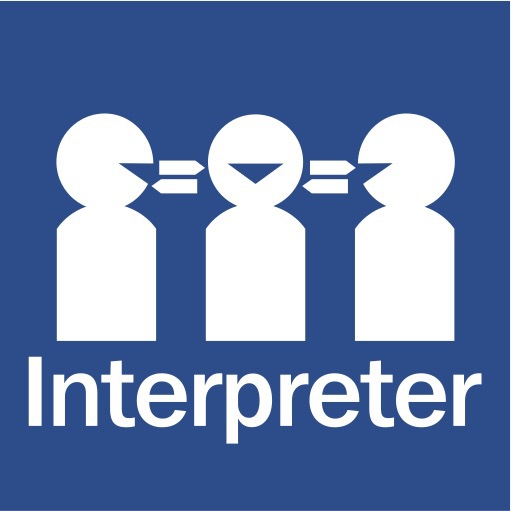At Interchange Outer East (IOE) our email signatures display flags as an indication of support and welcome to those Australian people in our community whom have been systemically disadvantaged by the laws of the country, and traditionally by the attitudes and prejudices of others in the community.
By displaying the flags, it indicates to people that IOE acknowledges the challenges people face in seeking supports and services and is welcoming and willing to work together to meet their individual needs. We choose to recognise and pay respect to Australia’s First Nations people – Aboriginal and Torres Straight Islanders. We also choose to display three pride flags in order to send a message that at IOE, we strive to build a safe and welcoming environment for all. We do this through education, discussion, planning and policy. We welcome any opportunity to learn from diverse groups about how we can better support them within IOE and into the wider community.
FIRST NATIONS FLAGS
Aboriginal Flag
I’ve got a symbol that represents me and who I am, whether I live in Redfern or Adelaide or Perth. I’m proud of it.– Harold Thomas
Torres Straight Islander Flag
PRIDE FLAGS
To many these flags may seem insignificant or merely a bright window covering, but for members of the LGBTQIA+ community these flags mean much more! You may hardly notice them, but having these flags displayed around organisations like IOE allows queer people to take a breath and let their guard down as they know they are entering a safe space.– Jesse Baker
Progress Pride Flag
There are several accepted and official versions of the Pride Flag – also known as the Rainbow Flag. Interchange Outer East chooses to display the progress pride flag.You might recognise the LGBTQIA+Progress Pride flag as having grown in popularity over the past few years. In 2018, the original rainbow flag was updated by graphic designer Daniel Quasar to reflect the diversity of the LGBTQIA+ community.
The Progress Pride Flag is an eight-stripe version of the rainbow pride flag, with five stripes in a chevron design added to the original rainbow – black and brown stripes to represent people of colour, and pink, blue and white stripes to represent the trans community. (source: idahobit.org.au)
- To learn about the Wurundjeri people, the traditional owners of our local lands, visit www.wurundjeri.com.au
- For more information on supporting LGBTQIA+ young people, we recommend www.minus18.org.au








